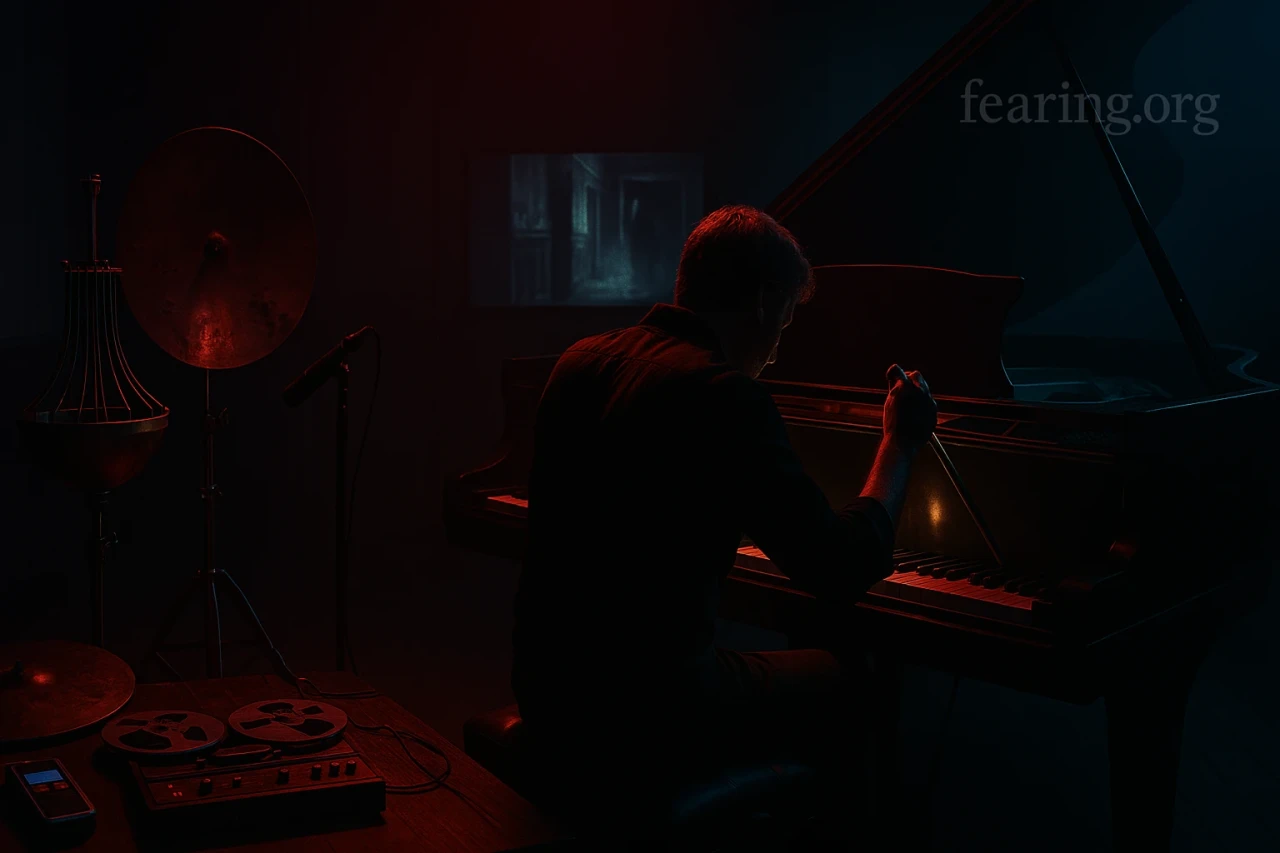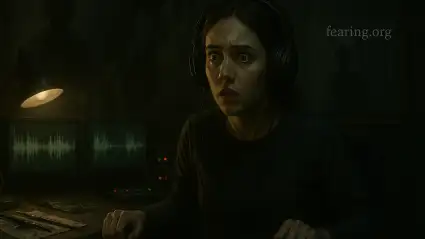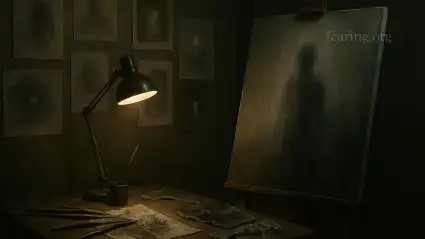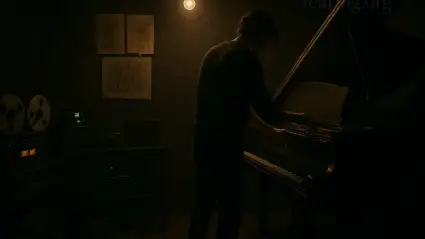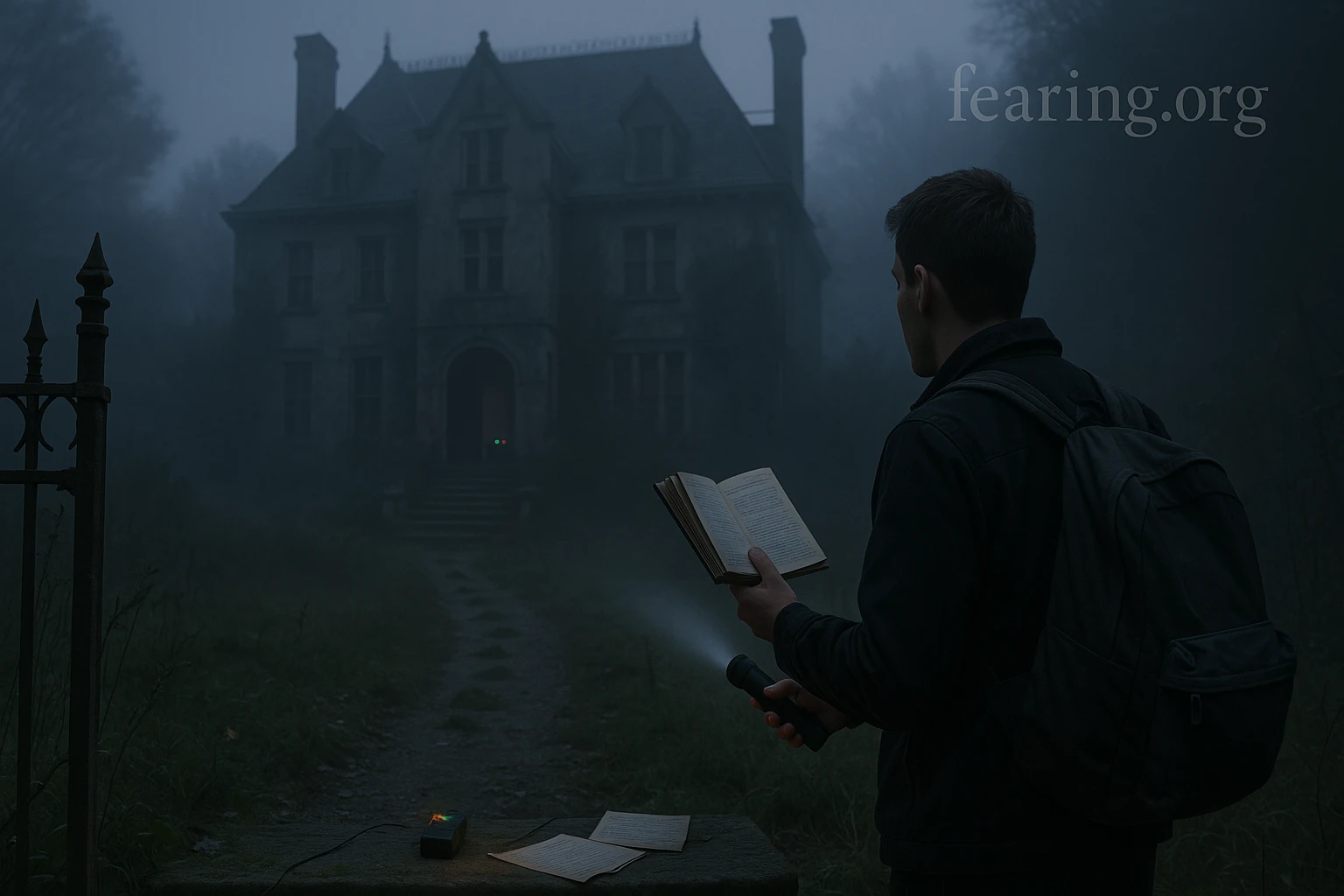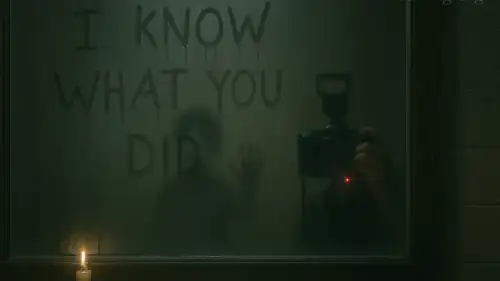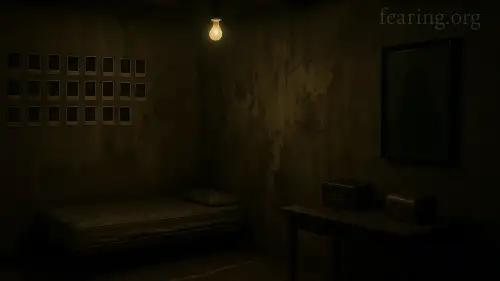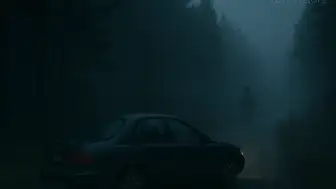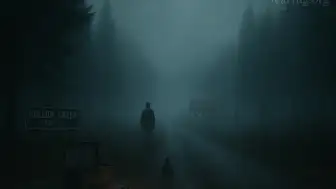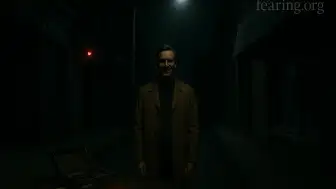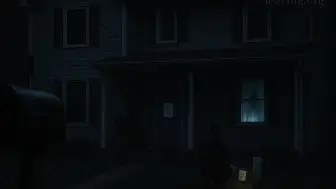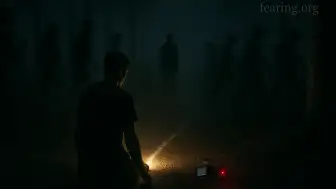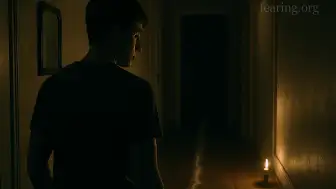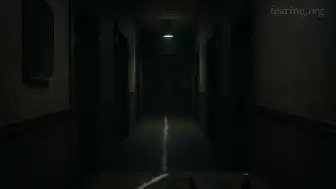A slow violin screech. A sudden burst of dissonance. Silence—then a jarring slam of sound. Horror movies would be nowhere near as terrifying without music. But how exactly does music influence fear in horror films? Is it simply background noise, or is it the unseen force that makes your pulse race before anything even happens?
"In horror, music doesn’t follow the fear—it creates it."
In this article, we dissect the psychological, emotional, and even biological power of horror film music—and why it's one of the most essential tools for terror.
🎵 The Psychology of Sound and Suspense
Music taps into the brain before logic does:
The amygdala, the brain’s fear center, reacts strongly to sudden or unsettling sounds
Dissonant chords and atonal structures cause unease because they defy musical expectations
Repetitive, unnatural patterns heighten anxiety and tension
We’re wired to respond emotionally before we understand why—making music the perfect tool to bypass rationality.
🎻 Building Tension With Dissonance
Dissonance refers to combinations of notes that clash rather than harmonize
Horror composers like Krzysztof Penderecki or György Ligeti use this to great effect
These sonic collisions signal that something is wrong—even before it appears on screen
This is why even an empty hallway becomes terrifying with the right score.
"The violin isn’t just playing—it’s screaming."
🔇 Silence as a Weapon
Silence, used strategically, creates anticipation
When sound drops out, the audience leans forward, bracing for what comes next
The sudden reintroduction of sound creates a shock effect, especially when timed with visuals
Some of the scariest scenes in horror use almost no music at all—until it’s too late.
🧠 The Biological Response to Horror Music
Low-frequency sounds (infrasound) can cause nausea, anxiety, and dread
High-pitched tones mimic distress signals in nature
Sudden volume changes trigger fight-or-flight responses
Your body reacts physiologically to horror music—even if your mind says it’s just a movie.
:::tip 🎧 Studies show that horror music increases heart rate, galvanic skin response, and pupil dilation. :::
🎬 Case Studies in Fear and Sound
Psycho (1960)
Composer Bernard Herrmann’s screeching string motif became instantly iconic
Mimics the sound of a scream, directly triggering fear
The Shining (1980)
Features Penderecki’s dissonant classical works
Blurs the line between music and madness
Insidious (2010)
Uses aggressive violins and sudden stingers
Combines audio jump scares with visual ones
Each film proves that horror scores are as vital as the script or the killer.
🧩 Music as Foreshadowing
Leitmotifs (recurring musical themes) often hint at danger
Example: Jaws’ two-note theme signals approaching threat long before the shark appears
In horror, recurring themes build dread through association
When the music starts—you know what’s coming. And that’s what makes it worse.
🎹 Creating Unnatural Soundscapes
Horror composers often use nontraditional instruments:
Bowed metal
Waterphones
Prepared pianos
These sounds feel unfamiliar and inhuman
The goal is to create a soundscape that feels wrong, even when nothing scary is happening.
"If the world sounds broken, we assume something terrible is near."
🎭 Horror Without Music: Does It Work?
Some horror films challenge convention by removing music altogether:
Creates a documentary-like realism
Forces audience to focus on ambient sounds (footsteps, breathing)
Can make the horror feel more immediate and raw
But when used poorly, silence can also dull tension. It’s a risky move.
🎧 Why Horror Music Stays With Us
Emotional memory is strongly tied to music
A terrifying score can resurface fear long after the movie ends
Hearing the same theme again—even out of context—can trigger panic
That’s why just two notes (Jaws) or a soft lullaby (The Ring) can still send chills years later.
Music in horror films isn’t just an accessory—it’s an unseen character, pulling your strings, reading your breath, and whispering what’s coming before you ever see it.
So next time you feel afraid before anything appears on screen—listen.
Because the soundtrack might know something you don’t. 🎻🩸👁️

